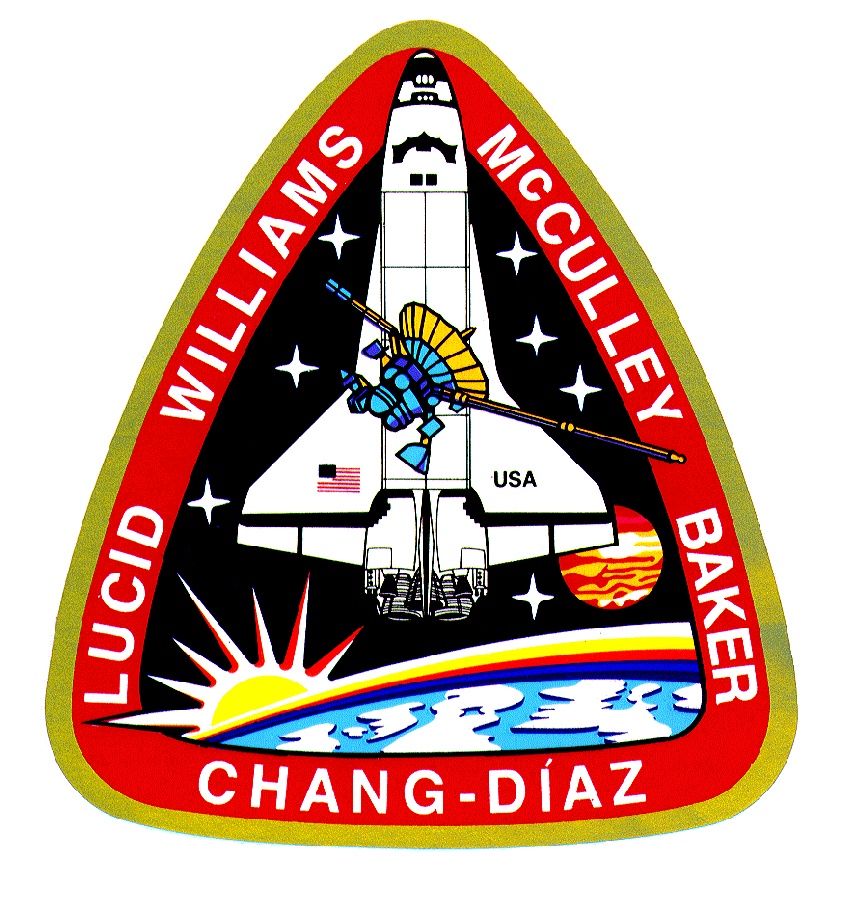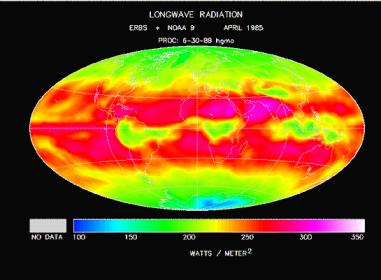A few years ago, when they shut down the 55th Mobile Command & Control Squadron at Offutt Air Force Base, Nebraska, I became a relic of the Cold War. Later, when the last Titan rocket launched, I became a relic of the space program.
Now, again, it seems I am a relic: this time of the attempt to keep militarily critical U.S. technology in U.S. hands.
At the Defense Technology Security Administration from 2001-04, I recommended provisos for hundreds of State Department export licenses and agreements, to ensure U.S. companies didn’t reveal design methodologies or other insights into U.S. capabilities. I reviewed reams of technical data to ensure the companies didn’t go beyond the restrictions in their licenses. And I monitored dozens of face-to-face meetings between U.S. and foreign companies to ensure all parties stayed in bounds. It was often fascinating, sometimes frustrating work that was born out of the Cox Commission and the defense authorization that, among other things, had moved export authority for communications satellites from the Commerce Department to the State Department (see below).
Now we find out that, by executive fiat, our President delegated his responsibility for certifying critical space exports to the Commerce Department. It was actually done back on September 29th, via this Presidential Determination.
The responsibility is found in Section 1512 of the 1999 National Defense Authorization Act:
The President shall certify to the Congress at least 15 days in advance of any export to the People’s Republic of China of missile equipment or technology (as defined in section 74 of the
Arms Export Control Act (22 U.S.C. 2797c)) that —
(1) such export is not detrimental to the United States space launch industry; and
(2) the missile equipment or technology, including any indirect technical benefit that could be derived from such export, will not measurably improve the missile or space launch capabilities of the People’s Republic of China.
So now, rather than the President making such certifications to Congress, the Commerce Department will do so. If I recall, people complained because George W. Bush seemed to delegate things instead of tending to them himself; but according to this Washington Times article, neither he nor Bill Clinton ever delegated this particular responsibility.
Thankfully, the determination did not seem to immediately get around Section 1513 of the 1999 NDAA, which states,
Notwithstanding any other provision of law, all satellites and related items that are on the Commerce Control List of dual use items in the Export Administration Regulations (15 CFR part 730 et seq.) on the date of the enactment of this Act shall be transferred to the United States Munitions List and controlled under section 38 of the Arms Export Control Act (22 U.S.C. 2778).
But how long until that gets changed? There are a lot of rumblings in the aerospace industry about rescinding some of the current export controls, as if the reason U.S. companies have lost market share to foreign satellite makers is that they can’t tell foreign customers why U.S. satellites work so well. It’s not price, it’s not that foreign manufacturers build fine spacecraft, it’s lack of technology transfer? The notion is ridiculous, but the impulse to blame our lack of competitiveness on anything other than internal business practices runs very deep in this country — witness the U.S. auto industry. Disturbingly, this “determination” seems to indicate that the Administration is willing to entertain the idea of sacrificing national security in order to make a quick buck.
I found that attitude among representatives of some of the companies I monitored: the short-sighted notion that it didn’t matter if they transferred technology to another country, as long as the other country paid well. The possibility that a foreign company might end up as their competitor in the future, and take away their customers using adapted U.S. technology, never seemed to occur to them.
Eight months before President Obama was elected, I expressed concerns about his national (in)security rhetoric. I didn’t foresee this potential relaxation of export controls, but I can’t say I’m very surprised.
And I’m still concerned. But I would be: after all, I’m a relic.



 by
by 
















